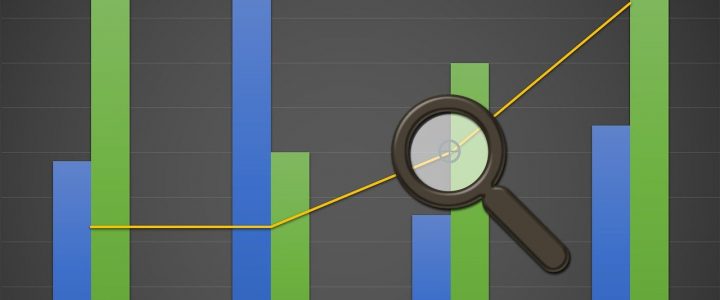The S&P 500 and Nasdaq Composite Indexes closed at all-time highs after the Fed Chair reassured markets. Equity indexes rallied as investors weighed the tragic events in Afghanistan against more transparency from the Fed’s monetary policy timeline. The Nasdaq rose nearly 3% and the Dow and S&P 500 added 1-1.5%.
Last Week All-Time Highs
U.S. equity indexes rallied as investors weighed the tragic events in Afghanistan against more transparency from the Fed. Crude oil rebounded with an 11%+ jump, and gold prices rose modestly. Treasury yields held their weekly gains. The U.S. dollar dropped after Fed Chair Powell calmed markets with his comments on inflation and tapering. PCE Core Price Index data show annual price increases at a 30-year high of 3.6%. However, Powell reiterated that higher prices are not broad-based. Surge-price categories are moderating, and that both wages and long-term expectations do not suggest “excessive inflation”. Powell affirmed that asset purchase tapering is likely to begin later this year. (Tapering is the central bank’s plan to start gradually reducing bond purchases by the end of the year.) He also said that interest rate hikes aren’t on the table until the more stringent maximum employment test is met.
In other U.S. economic news, August Flash PMIs showed continued expansion. However, this reading is at a slower pace than July and slightly below expectations. Existing home sales rose 2% in July. All the annual gains in homes priced above $500K, while new home sales ticked up 1% in July. Durable goods orders for July fell 0.1% Month-over-month. These numbers did exceed forecasts, while the second Q2 GDP estimate came in slightly higher at 6.6%. Corporate profits increased at a 9.2% quarterly rate to a record $2.8 trillion, supported by historically tight credit spreads. Overseas, Germany’s August PMIs fell from July but remained solidly in expansion as Q2 GDP grew more than expected at 1.6%. Finally, minutes from the ECB’s latest policy meeting showed some concern of understating inflation risks that may or may not be durable.
Week Ahead
Based on the market’s reaction to Powell’s Jackson Hole speech, investors seem to feel they have more clarity around the Fed’s intended path and can avoid another “taper tantrum”. Geopolitical tensions and coronavirus variants may affect economic growth or dent consumer sentiment. Powell made it clear how strong the link is between jobs and potential rate hikes, and this week will bring several updates on the labor front, with the ADP report on
Wednesday followed by non-farm payroll report on Friday.
China’s Manufacturing PMI arrives Monday, where the government continues regulatory crackdowns that keep Chinese stocks under pressure. Tuesday is busy with German employment numbers, Canadian and Australian GDP updates, and U.S. consumer confidence. Oil’s recent volatility will focus traders on Wednesday’s OPEC meetings. Global growth concerns have eased somewhat, and increased crude production is expected. Lastly, U.S. ISM manufacturing and services PMIs are anticipated to fall Month-over-Month while remaining firmly in growth mode.
Year-to-date index performance; Dow up 15.84%, S&P 500 up 20.06%, and Nasdaq up 17.39% through the close on Friday.
This website is for informational purposes only and is not intended to be specific advice or recommendations. For specific advice or recommendations you would need to meet directly with one of our advisers.





